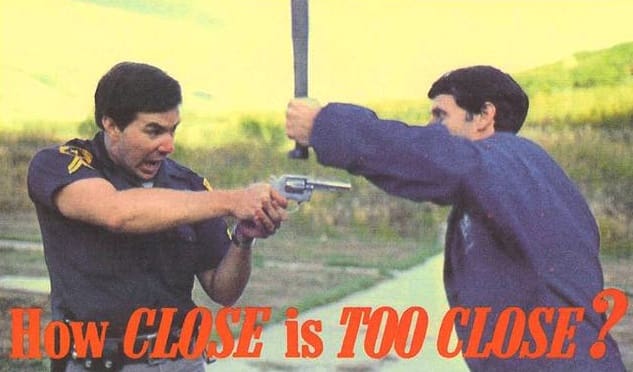http://www.federalwaymirror.com/opinion ... ms-lawyer/
To wound or not to wound? | Firearms Lawyer
Mark KnappThu Jun 3rd, 2010 11:35pmOpinion
Over the past several years, I have attended several firearms training programs and have begun teaching firearms law classes in Federal Way.
One thing I have learned is that anyone who thinks he or she will get a medal for killing a perpetrator is sorely deluded. If the public often suspects that officers have killed suspects because of racial prejudice or malice, how will the public view armed citizens? The question often arises as to whether shooting to wound would be preferable than shots that are apt to kill. Is it realistic to require anyone to attempt nonlethal shots?
When Vice President Joe Biden was asked about a “minimum force” bill that would require officers to shoot an assailant in the arm or the leg, the VP called the legislation a “John Wayne Bill” because officers cannot reasonably be expected to shoot like they do in Hollywood. See “No-Kill Bill Surfaces in New York.”
In 2009, a Federal Way police officer shot and wounded an assailant armed with a knife. Because of the fact that the belligerent and naked man was charging the officers, the Federal Way officers’ training required them to aim for center of body mass. There are no circumstances where officer training would require shooting at the arms or legs. Even if officers could achieve such unrealistic training standards, the unreasonable risk to the officer – and the risk of wounding an innocent bystander – makes “shooting-to-wound” an impractical standard for law enforcement or armed civilians.
Training in use of lethal force almost always involves discussions of cases like the Diallo case in New York City. Mr. Diallo, struck by at least 19 bullets, was apparently reaching for something in his pocket. Officers thought he was reaching for a weapon. New York lawmakers reacted by proposing the legislation requiring that officers deploy the minimum amount of force needed to control a suspect.
Graham v. Connor, the benchmark U.S. Supreme Court decision on police use of force, recognizes that gunfights are “tense, uncertain and rapidly evolving.” When an officer’s life or that of a third party is in jeopardy, the decision as to whether or not to shoot is based on the reasonable man standard. The three targets for a reasonably prudent man or woman confronted with armed force are center of body mass, the pelvis and the head. The center of the chest is preferable under most circumstances because such a target minimizes many risks, including the risk of missing the target. The target is often shooting back!
Even two or three shots to the heart or the brain do not ensure that an opponent will not continue returning fire. Many departments, including Federal Way, are beginning to focus on shooting under low-light situations and use various simulated shooting scenarios to develop officers’ ability to react while assessing situations.
There are no shoot-to-wound laws proposed in Washington state. Nevertheless, Hollywood myths can influence juries and review boards. Lawyers and journalists are also susceptible to the John Wayne syndrome. The solution lies in educating the public so that all the issues are clearly understood.








